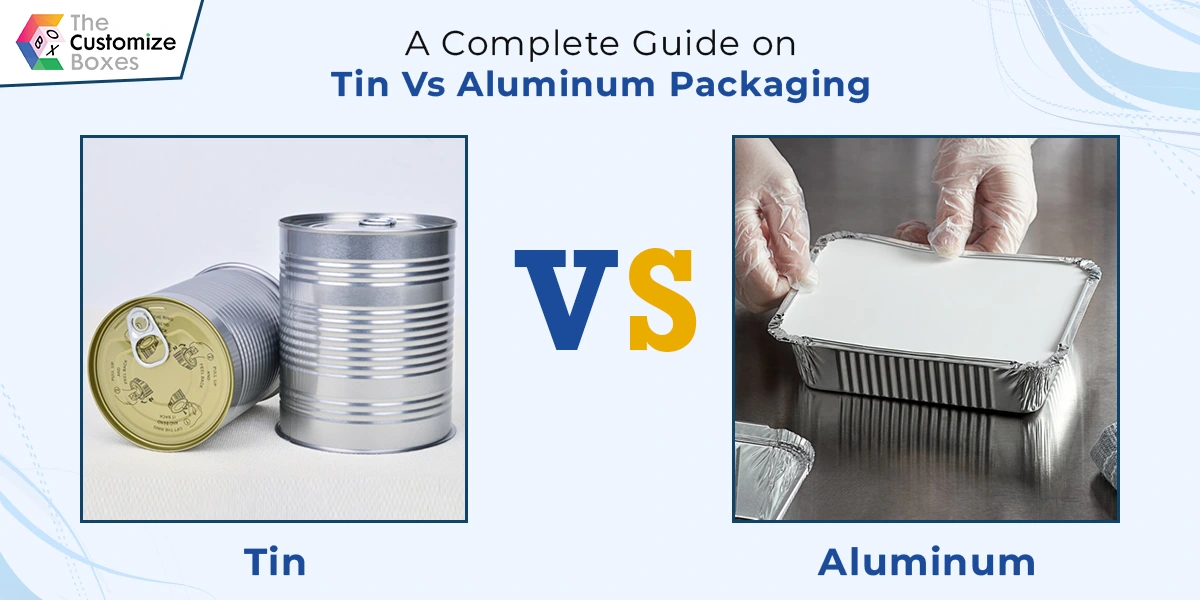
Metal packaging has been a cornerstone for the effective packaging of various industry products. Premium aesthetic, durability, enhanced shelf life, and product preservation make metal packaging the star of the show. In the rapidly evolving packaging industry, two main metal types are gaining momentum due to their exceptional properties. But which one metals' packaging between tin vs aluminum, you should opt for your business is a valid question.
Read this blog to explore whether tin or aluminum packaging will suit your business needs. Let’s begin!
What is Tin Packaging?
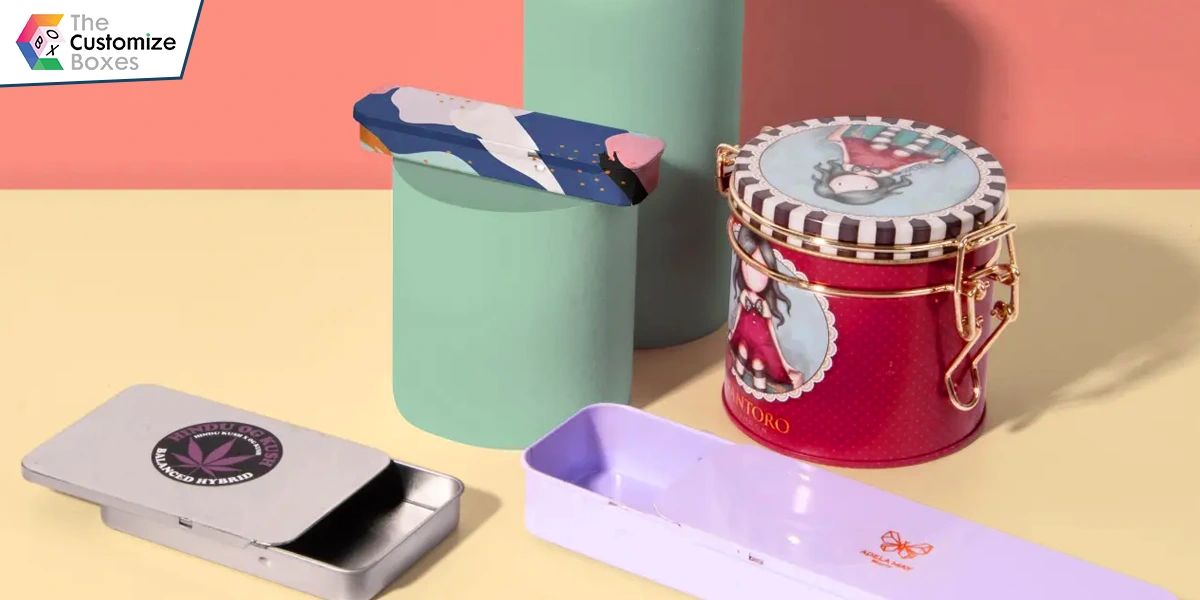
Before diving right into tin vs aluminum packaging, it is important to understand what tin packaging is. Tin is a slivery-white and malleable metal that many food and beverage brands have been using conventionally as a packaging material.
Tin packaging is also known as tinplate containers, which are made from steel coated with a thin layer of tin. Durability, visual appeal, and the ability of steel-coated tin to protect product quality make tin a suitable packaging solution.
Pros of Tin Packaging
Tin packaging is known for its versatility and branding differentiation, which offer several benefits to different industries. Have a look at them:
Strong and Durable
A perfect blend of steel and tin results in a robust material that is resistant to bending, breaking, or leaking. Tinplate containers keep products safe from knocks and bumps during shipping.
Corrosion-Resistant
Tin coating prevents steel corrosion while ensuring the structural integrity of inside-packed contents. Corrosion-resistant tinplate keeps food items pristine without changing flavor or color.
High-Barrier Properties
Tinplate keeps the contents inside safe from harsh external factors such as light, oxygen, moisture, and heat. Otherwise, products get spoiled and stale upon exposure to these factors.
Flexible Customization
Tin packaging cans can be easily customized in persuasive styles with sleek finishes, coatings, printing techniques, or textures to exude a unique and visually appealing look. Many luxurious brands use customized tin boxes for gifts to boost customer experience.
Cons of Tin Packaging
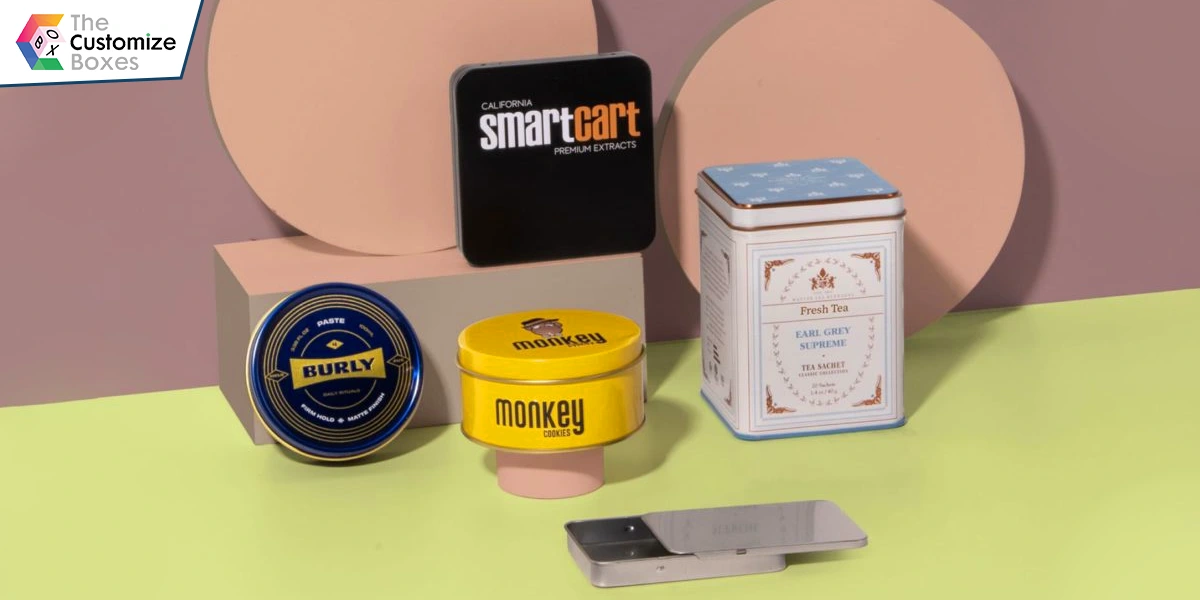
Apart from noticeable benefits, tin packaging also has some disadvantages. Understand them to know whether you should choose it or not for your product packaging:
Higher Shipping Costs
Tin is heavier than other packaging materials, which increases transportation and shipping costs. As more shipping products get heavier, the shipping costs get higher.
Limited Availability
The availability of tin is limited as it is not widely available on our planet like aluminum. Hence, limited availability can cause production issues for your business.
Low Recyclability
Tin is recyclable, but the process of recycling takes a lot of energy and money. Hence, recycling tin cans or tin metal boxes is not easy and may get challenging for your business due to high costs.
What is Aluminum Packaging?
Since you have developed a basic understanding of tin packaging, now consider what aluminum packaging is. This packaging uses naturally occurring metal aluminum in various forms, including foil, cans, bottles, or tubes.
Lightness, cost-effectiveness, and high recyclability make aluminum a suitable packaging solution for various industries. Aluminum packaging also acts as a corrosion-resistant and non-toxic metal. Let’s dive into the pros and cons of aluminum packaging:
Pros of Aluminum Packaging
Like tin packaging, aluminum packaging also has multiple benefits, each serving a unique purpose. Have a look at them:
Lightweight and Durable
Aluminum is a lightweight yet sturdy metal, making it an ideal choice for product packaging. It is three times lighter than steel but protects the inside-packed contents effectively during transit.
Corrosion-Resistant
Akin to tin packaging, aluminum is corrosion-resistant. Since it is a naturally occurring metal, free from harmful chemicals, aluminum tins are an ideal option for food and cosmetic packaging.
Excellent Barrier Properties
With exceptional barrier properties, aluminum tins and bottles prevent moisture, light, and heat from entering the packaged product.
Versatile and Recyclable
Aluminum packaging materials are 100% recyclable and versatile in design, in various sizes, styles, and prints to enhance visual appeal. Also, support sustainability with recyclable aluminum.
Cons of Aluminum Packaging
Despite having several benefits, aluminum packaging also has some drawbacks for you to consider. Let’s explore them:
High-Energy Consumption
The manufacturing of various aluminum products, such as tin, requires a lot of energy. Hence, aluminum packaging contributes to greenhouse gas emissions and can have a negative environmental effect.
Reaction with Food
Aluminum is a reactive metal that might cause it to react with acidic or salty foods. Due to this, aluminum tins and bottles can potentially alter the taste and safety of food products.
Ineffective Waste Management
Make sure to indulge in proper recycling practices of aluminum. Otherwise, non-recyclable aluminum packaging materials dumping impacts the environment negatively and depletes resources.
Uses of Tin Vs Aluminum in the Packaging Industry
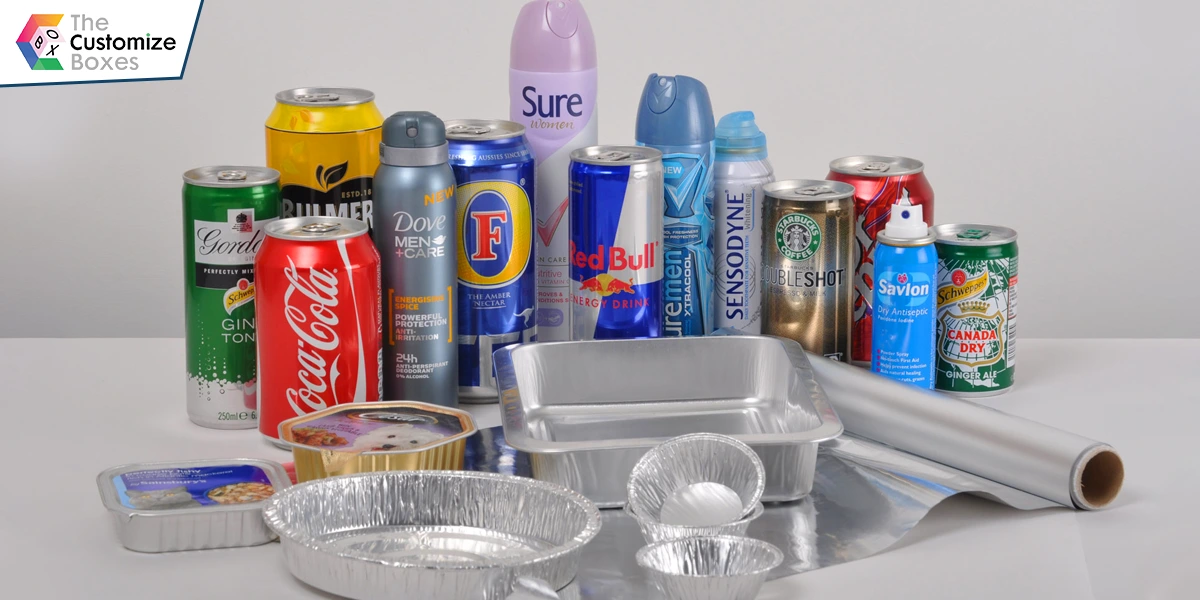
Both tin and aluminum packaging have diverse uses across various industries. Due to their properties and capabilities, both tin and aluminum are good-to-go packaging solutions for the food, beverages, and cosmetics industry.
Uses of Aluminum
- Used for packaging cosmetics such as lip balms, moisturizer creams, and hair styling etc.
- Aluminum tins and bottles are commonly used to hold cold drinks and energy drinks.
- The edible food packaging industry uses food containers made from aluminum.
Uses of Tin
- Tin cans are generally used for packaging canned fruits, vegetables, soups, and other food items.
- Compact storage and portability of tin boxes make them an ideal packaging choice for lip balms, solid perfumes, and other personal care products.
- The attractive look of tin boxes makes them a popular choice for gift packaging to captivate customers.
Comparison of Tin Foil vs Aluminum Foil
Tin foil and aluminum foil are usually used interchangeably. However, they are two different materials. In the past era, tin foil was used for wrapping food items. But now aluminum foil has taken its place. Moreover, tin foil is relatively less durable than aluminum foil and can tear or rip off easily. Tin can also impact the taste and flavor of food. Hence, aluminum foil has become a popular choice for wrapping, cooking, and baking food.
Difference Between Tin and Aluminium Packaging
Whether it's aluminum or tin packaging, understand the basic difference between them and then decide which one to choose. Consider their major differences:
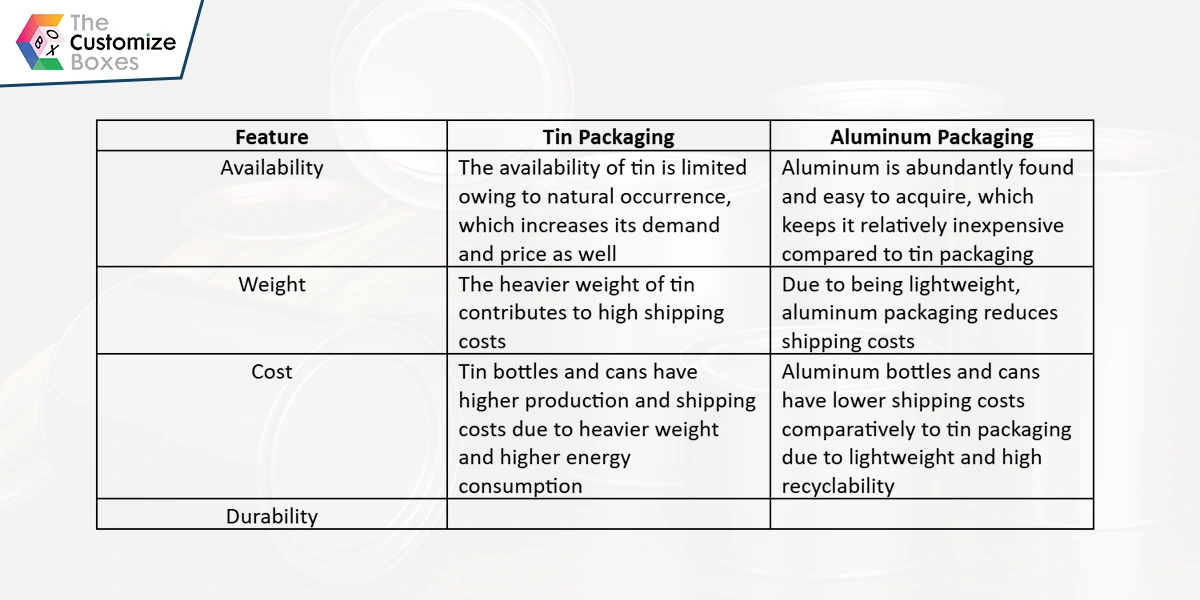
Which One Should You Opt For: Aluminum or Tin?
Considering your business should opt for which metal packaging type: aluminum or tin? Keep in mind all the discussed properties, features, and uses of aluminum and tin packaging in this blog. Then, draw their parallel comparison tailored to your business needs and choose the right one. If you want premium quality metal packaging, contact a reliable aluminum or tin box supplier like The Customize Boxes to stand out in the market.
